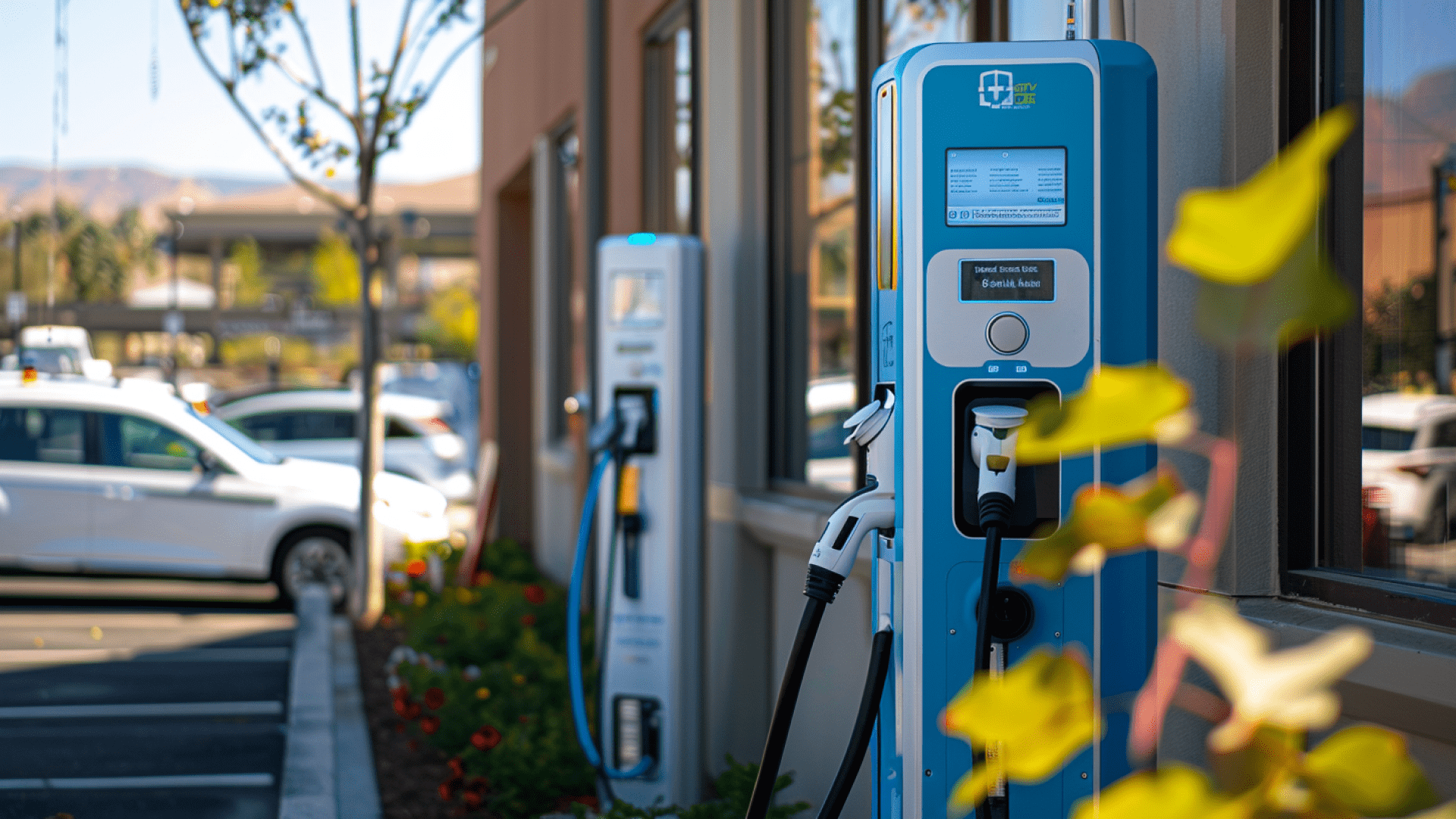
Image Source: Google
As the world transitions towards a more sustainable future, electric vehicles (EVs) are becoming an increasingly popular choice for environmentally conscious consumers. However, one of the key challenges in the widespread adoption of EVs is the availability of electric vehicle charging infrastructure. To address this challenge, governments and organizations around the world are providing funding through grants to support the installation of electric vehicle chargers. This article explores the impact of electric vehicle charger funding, from the initial grants to the development of smart charging grids.
The Role of Grants in Expanding Electric Vehicle Charger Infrastructure
1. Funding for Charger Installation
- Grants provide financial support to businesses, municipalities, and other organizations to install electric vehicle chargers in public spaces, workplaces, and residential areas.
- This funding helps offset the costs associated with purchasing and installing chargers, making it more feasible for entities to invest in charging infrastructure.
2. Incentivizing Charger Deployment
- Grants serve as incentives for organizations to deploy electric vehicle chargers, as they can recoup a portion of their investment through grant funding.
- This encourages the rapid deployment of charging infrastructure, which is crucial for supporting the growing number of electric vehicles on the road.
The Impact of Electric Vehicle Charger Funding
1. Accelerating EV Adoption
- By expanding the availability of electric vehicle chargers, funding initiatives help accelerate the adoption of electric vehicles.
- Consumers are more likely to purchase an electric vehicle if they have convenient access to charging infrastructure, which in turn reduces reliance on traditional fossil fuel-powered vehicles.
2. Reducing Range Anxiety
- Range anxiety, the fear of running out of battery power while driving, is a common concern for potential EV owners.
- With more chargers available in public spaces and along highways, drivers can feel more confident in the range of their electric vehicles, leading to increased adoption rates.
The Evolution Towards Smart Charging Grids
1. Grid Integration
- As the number of electric vehicles on the road increases, there is a growing need to integrate charging infrastructure with the electric grid.
- Smart charging grids use advanced technologies to optimize charging patterns, reduce strain on the grid, and support renewable energy sources.
2. Demand Response
- Electric vehicle chargers can be equipped with demand response capabilities, allowing them to adjust charging times based on grid conditions and electricity prices.
- This not only helps balance electricity demand and supply but also enables EV owners to take advantage of off-peak charging rates.
3. Vehicle-to-Grid Integration
- Vehicle-to-grid (V2G) technology enables electric vehicles to communicate with the grid and provide energy back to the grid when needed.
- This two-way interaction between EVs and the grid can help stabilize the grid, support renewable energy integration, and provide financial incentives to EV owners.
Conclusion
Electric vehicle charger funding plays a crucial role in expanding charging infrastructure and accelerating the adoption of electric vehicles. By providing financial incentives and support for charger installation, grants have helped reduce range anxiety and increase confidence in EV ownership. As we move towards a future powered by electric vehicles, the development of smart charging grids will be essential for integrating EVs with the electric grid and supporting a more sustainable energy system.
